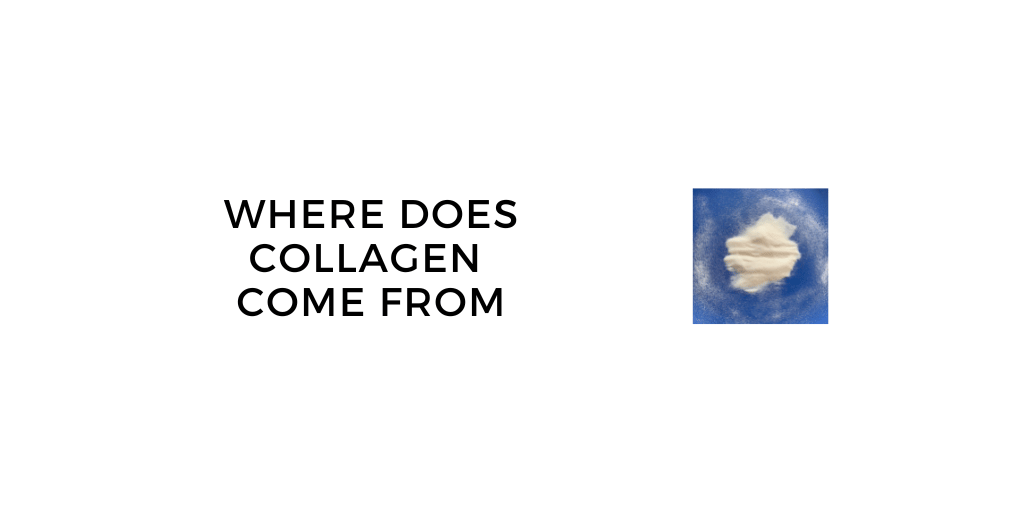
Where Does Collagen Come From? Sourcing, Manufacturing and Animal Welfare Concerns
Where Do Collagen Supplements Come From
Collagen is one of the dirtiest supplements you'll find. And that is saying a lot.
You'd be surprised at the questionable sourcing, heavy manufacturing and sketchy living conditions of the animals used to make your supplement.
Are you looking to try collagen but are unsure where it comes from or how it's made?
There are many concerns associated with the sourcing, manufacturing and animal welfare of collagen. In this article, I'll share exactly where it comes from and how it's made. This will give you all the information you need to make an informed purchasing decision.
The first thing I'll mention is that you can get all the health benefits of collagen and more from a high protein and low sodium bone broth. They are minimally processed and are a safer bet than collagen at the moment.
The best one is made by a brand called Bluebird Provisions. More on that below.
Where Does Collagen Come From
Collagen comes from three amino acids: glycine, proline and hydroxyproline. It is constantly being produced inside your body by fibroblast cells in skin and connective tissue.
The collagen that we eat comes from animals like cows, chicken, pork and fish. You'll be shocked at how it's made and where it all comes from. More on that later.
Where Do Collagen Supplements Come From
Collagen supplements come from three major animal sources: beef (bovine), marine (from fish) and chicken or poultry. I'll cover each of these below.

Bovine or Beef Hides
Bovine collagen supplements are made from the hides of cows. While many this type of collagen comes from around the world, the single biggest exporter and producer is China followed by Vietnam (1).
Bovine collagen is a commodity product, meaning most of it is the same. This incentivizes the big companies who make it to find ways to cut costs and bring the price down.
This leads to speculative sourcing and manufacturing methods that may be harmful or you, the consumer. Also, many of these products come from GMO cattle who are raised is awful living conditions and fed hormones and antibiotics.
The good thing is that you can find products that are certified Organic, non-GMO and come from better sources.
Nowadays, there is also a lot of bovine collagen that comes from Europe and North America. Most people use these products to reverse the skin aging process.
Marine from Fish
Collagen can be made from the by-products of the fish industry: such as bones and fish skin. This is a great way to upcycle materials that may otherwise end up in dog or cat food or get thrown away.
The tricky thing is how to turn a fish into a fine, white powder? More on that below.
There are a couple different types of marine collagen supplements available today: wild-caught and farmed. Oftentimes, it is difficult to tell which your product comes from without doing a lot of digging.
If you you find that the brand is being vague about the sourcing, it is definitely from farmed sources.
Previously, I would recommend using wild caught, but then we get into the sustainability issue. So what are we left to do?
There is new research into ocean by-products like sea urchin waste, jellyfish and starfish as a source of collagen (2). This is incredibly exciting and promising work for sustainable sources.
Poultry or Chicken
Poultry collagen supplements are produced primarily from the sternum (cartilage) and skin of chickens. The collagen found in the sternum is mainly type II collagen, which can help you if you're dealing with joint pain or an autoimmune condition.
Due to the unique properties of skin, chicken based collagen also has joint healing compounds like glucosamine, chondroitin, glycosaminoglycans (GAGs).
If you're looking for a recommendation, read my ultimate guide to collagen supplements.
These types are made by grinding the chicken parts into small pieces, then using similar extraction techniques to bovine (see below). There are lots of enzymes, heat and acid used to turn your chicken into a powder.
You can find certified Organic (USDA or other) chicken collagen nowadays. If you are looking for recommendations, I would start there. Leave a comment if you have questions about a specific brand.
Where Does Collagen Come From in the Body
Collagen in the body is made by fibroblasts. Fibroblasts are cells that create and release collagen and other fibers like elastin. These fibroblasts are found in connective tissue, skin, joints, bones and all over your body.
The annoying thing is that fibroblast cells decrease as we get older and with that, we a loss in skin collagen levels.
This is why you get wrinkles and sagging skin. Try these collagen boosting strategies to keep your natural production going as long as possible.
How are Collagen Supplements Made
Collagen supplements are made by using heavy manufacturing techniques using grinding, enzymes, acid, heat, drying, filtering and eventually packaging.
The raw materials go through a lot of processing to turn it into the fine powder you see in your canister.
Here is a step-by-step guide on how bovine collagen is made
The first step hair removal followed by cutting or grinding the hide into smaller pieces. From here there is an extensive extraction process that involves a lot of acid, heat and enzymes. This gradually breaks down the hide into a liquid solution (3).

Next is a stage of enzymatic hydrolysis, followed by purification, concentration, more enzymes, sterilization and spray drying. Why all the enzyme activity?
You need the enzymes to extract the eventual collagen peptide supplements from the tough hides of cows. There are a lot of steps needed to break down this materials, strip all the flavor out and preserve the protein. Image courtesy of H. Haerati in the study referenced below (3).
How Marine Collagen Supplements are Made
Marine collagen supplements are made by extracting collagen molecules from fish skin and bones using either enzymes, acid or both.
The first step is pretreatment with sodium hydroxide (NaOH) and oxygen peroxide. These two things facilitate the in the removal of noncollagenous proteins, fats and pigments. Next an acid like hydrochloric acid (HCl) is used to improve the yield of the extraction.
From here, there are two main methods: acid soluble (ASC) and pepsin soluble (PSC).
The ASC method uses acetic acid to digest the fish skin while the PSC method uses a 10% pepsin solution to do the same. These acids and enzymes are needed to digest the fish skin and eventually isolate the collagen (4).
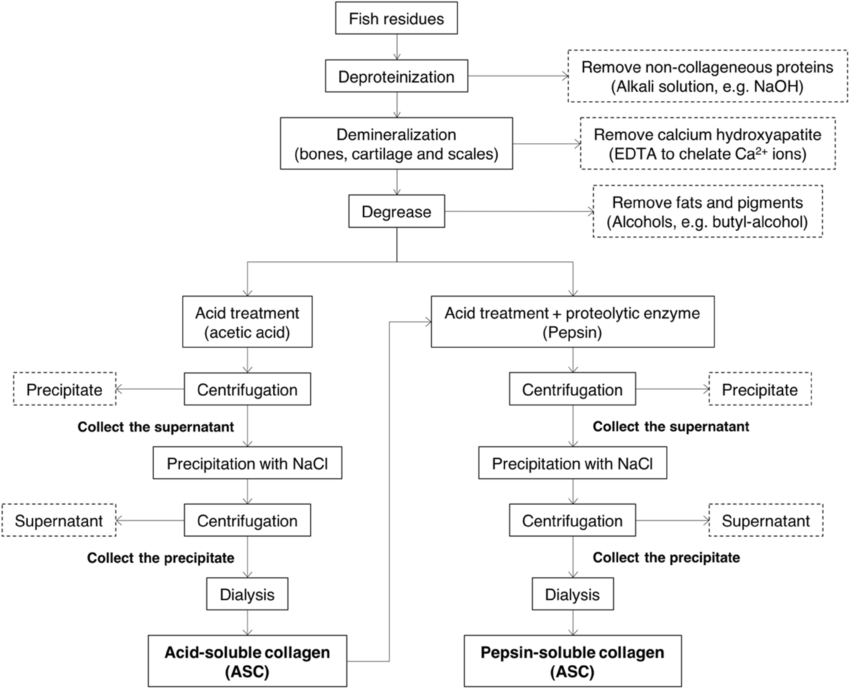
Finally, a process of enzymatic hydrolysis is used to break down the long collagen protein molecules into small peptide molecules that are easier to absorb. This is how you get collagen peptides, which are thought to be easier digested.
After the hydrolysis process, the collagen peptides are ready to be added to products or taken as a supplement.
Animal Collagen Source Issues
The issues with the sourcing of all animal collagen is living conditions, sustainability of the source, hormones / antibiotics and inhumane slaughter. I'll outline is issues with each of these things below.
1. Awful Living Conditions
There's a long list of issues when it comes to the living conditions that many animals are raised in. What may surprise you is that chicken is worse than beef when it comes to both living conditions and animal welfare
Regardless of that, here are the issues with where the animals used to make you collagen come from.
- Overcrowding in pens and cages.
- Insufficient sunlight.
- Limited access to outdoor areas.
- Subpar cleaning and sanitation practices. In many cases, chickens are raised their whole life standing in their own feces.
- High levels of stress hormones because of crowding and overworking.
- No veterinary care or treatment.
Poor living conditions make for stressed out animals which lead to poor quality meat and end products.
2. Diet, Antibiotics and Growth Hormones
In Canada where I live, chickens are not allowed to be fed antibiotics or hormones. Much of Canadian beef is not fed hormones (rBST or rBGH) either.
Sadly, the same cannot be said for other countries. I realize that the food safety privilege I was born into is not the same for everyone.
The reality is that a lot of these products are sourced from overseas, where the laws around animal feed and living conditions are different from North America.
There's a trope that says 'you are what you eat, ate.' The idea is that if you consume animal products that have poor diets and are subject to hormones, then you will indirectly get exposed to these things by eating meat and products like collagen protein supplements from that animal.
We know that hormones can mess with gut health and function and cartilage formation.
Many collagen brands you see on Amazon or in store will market things like 'grass fed' and 'pasture raised.'
While these are nice terms, they don't mean much because technically all cows are grass fed and pasture raised for a portion of their lives. My advise is to be careful and do a lot of research on the brand before you buy.
3. Sustainability of Sources
The sustainability of collagen sources is a controversial and complicated issue. While I am not an expert, I can offer a few things to think about.
Factory farmed beef, pig and chicken operations really destroy the local communities they operate in. The waste runoff messed with water supplies and they harm natural ecosystems with pollution.
Most of these animals are fed industrial feeds from monocrop farming operations that are destroying our soil health.
Looking for a supplement recommendation? Read my guide to finding the best collagen powder for weight loss.
4. Some animals are slaughtered inhumanely
The sourcing of animal collagen typically involves inhumane slaughter practices. These practices can include overcrowding of animals, mistreatment and lack of food or water, and lack of humane killing methods.
The animals may also be slaughtered while they are still conscious, sometimes without the use of anesthesia. Additionally, animals may be improperly stunned or not stunned at all during the slaughtering process.
If this makes you unsure if a bovine one is right for you, then read the section below for other ways to boost your collagen formation.
Common Sources of Collagen
Common sources of collagen include bone broth, fish, crustaceans, pork and chicken skin, ribs and slow cooked cuts of meat.
1. Bone Broth
Bone broth is a nutritious beverage made from simmering animal bones, ligaments and connective tissue. If you find one with 10 grams of total protein per cup, then you can estimate it to have 8-9 grams of collagen.
Don't waste your time with anything less than that. This is why I recommend the chicken version from Bluebird Provisions.
It has 12 g protein with gut healing amino acids like glycine and proline. Also, bone broth is made without any of the nasty hydrochloric acid and enzymes used to make collagen.
Finally, you can have peace of mind know that the sourcing is much safer than supplements.
2. Fish
Fish like salmon, mackerel, sardines and anchovies are an amazing source of marine collagen with between 5-7 grams per serving. It mainly comes from the skin, bones and scales, so don't skip eating the skin.
Also, the canned versions that have the whole fish are a fantastic source because the little bones are edible. These have the most glycine.
3. Crustaceans
Crustaceans that contain collagen include shrimp, crab, lobster, scallops, clams, muscles and oysters. Generally, all types of crustaceans have connective tissue that is rich in collagen.
In addition, the cartilage in the legs and heads of crustaceans also contain a high concentration of collagen. Soft shell crab are an amazing source because you can eat the whole exoskeleton.
4. Pork and Chicken Skin
Pork and chicken skin both contain type I and type II collagen. You can easily get 2-4 grams if you just eat the skin on your chicken breast next time. Also, pork rinds have 8-10 grams per serving -- more than just about any other food.
5. Ribs and Short Ribs
Slow cooked ribs are undoubtedly the most delicious collagen source. This is because all of the connective tissue found around and in them.

It takes a while for this stuff to cook and become tender, but when it does you have one of the best cuts of meat for your health. Get the full list of collagen rich foods to see a few more surprises.
6. Gelatinous Meat (Oxtail, Shanks, Roasts)
Gelatinous meat is available from a variety of sources from roasts to flank, oxtail and shanks.
What makes these cuts of meat tough is collagen protein, which is sinewy by nature. It takes time to cook this collagen out into gelatin. That is what gives these types of meat the 'melt in your mouth' consistency.
What is the greatest source of collagen?
The greatest source of collagen is from a collagen peptides supplement sourced from bovine (cow), chicken or marine animals. In terms of real food, the greatest source is a high protein bone broth (10 grams per cup) followed by pork rinds.
Are there any ethical concerns related to collagen production?
There are major ethical concerns with collagen production. The source of the collagen should be taken into account, as well as the manufacturing process.
For example, with bovine, pork or chicken products, you must ensure that the animals have been raised in a humane and sustainable manner, and not fed GMO feed, hormones and antibiotics.
With marine collagen, you want one that does not come from farmed fish and one that is caught using sustainable methods.
Lastly, collagen is classified as a hyper processed food, so if you are concerned about the ethics of massive food companies making processed food products, then it is not for you.
Closing Thoughts
Unfortunately, the answer isn't as simple as we would like it to be. Collagen is now a commodity product, meaning that manufacturers are always trying to find more cost-effective ways to make it.
For this reason, it is sourced from many places, including animals that are raised in outright awful living conditions. This greatly effects the quality of the powder you end up consuming. I don't recommend traditional supplements for these reasons.
But if you're looking for something that is ethically sourced and produced and gives you all the collagen you need (10 g per serving) plus extra gut healing amino acids, then try Bluebird Provisions chicken bone broth.
You can find it online or on Amazon.
Do you have any questions about where collagen comes from? Leave a comment and I'll do my best to answer.
Frequently Asked Questions
How does the body produce collagen?
The body produces collagen through fibroblasts. This is a process that is constantly happening in your cells without you knowing it. Fibroblasts are formed by a collection of amino acids (glycine), vitamins and minerals like copper.
So make sure you are getting the right foods to maximize your production as you age.
What is collagen made from?
Collagen is made from connective tissue, joints, skin and bones of animals like cows, chicken, pork and fish. These parts are used because they are rich in the three amino acids that make up collagen: glycine, proline and hydroxyproline.
Does collagen only come from animals?
Yes, collagen only comes from the connective tissue, cartilage joints and bones of animals. There is no vegan collagen or vegetarian source. All of the 'collagen booster' products you see contain none of the crucial protein you need.
There are a few companies working on genetically modified, lab grown collagen. But these are years (if not a decade) away from being commercially available at an affordable price.
Are cows slaughtered for collagen?
Yes, cows are slaughtered to make collagen supplements because the hide is a great source of it.
Disclaimer: The information in this article is for informational purposes only. It is not intended to be used to treat or supplement any pet's diet. Consult your veterinarian or animal health specialist if you have questions about anything related to their food, consumption or health. The statements have not been evaluated by the FDA, USDA or CFIA.
Sources
(1) https://www.volza.com/p/collagen-powder/export/
(2) https://www.ncbi.nlm.nih.gov/pmc/articles/PMC7230273/
(3) https://www.researchgate.net/publication/327195454_Synthesis_of_collagen_from_Bali_cattle's_hide_using_a_combination_of_acid_and_alkali_on_the_extracting_process
(4) https://www.researchgate.net/publication/317115295_Marine_Fish_Proteins_and_Peptides_for_Cosmeceuticals_A_Review

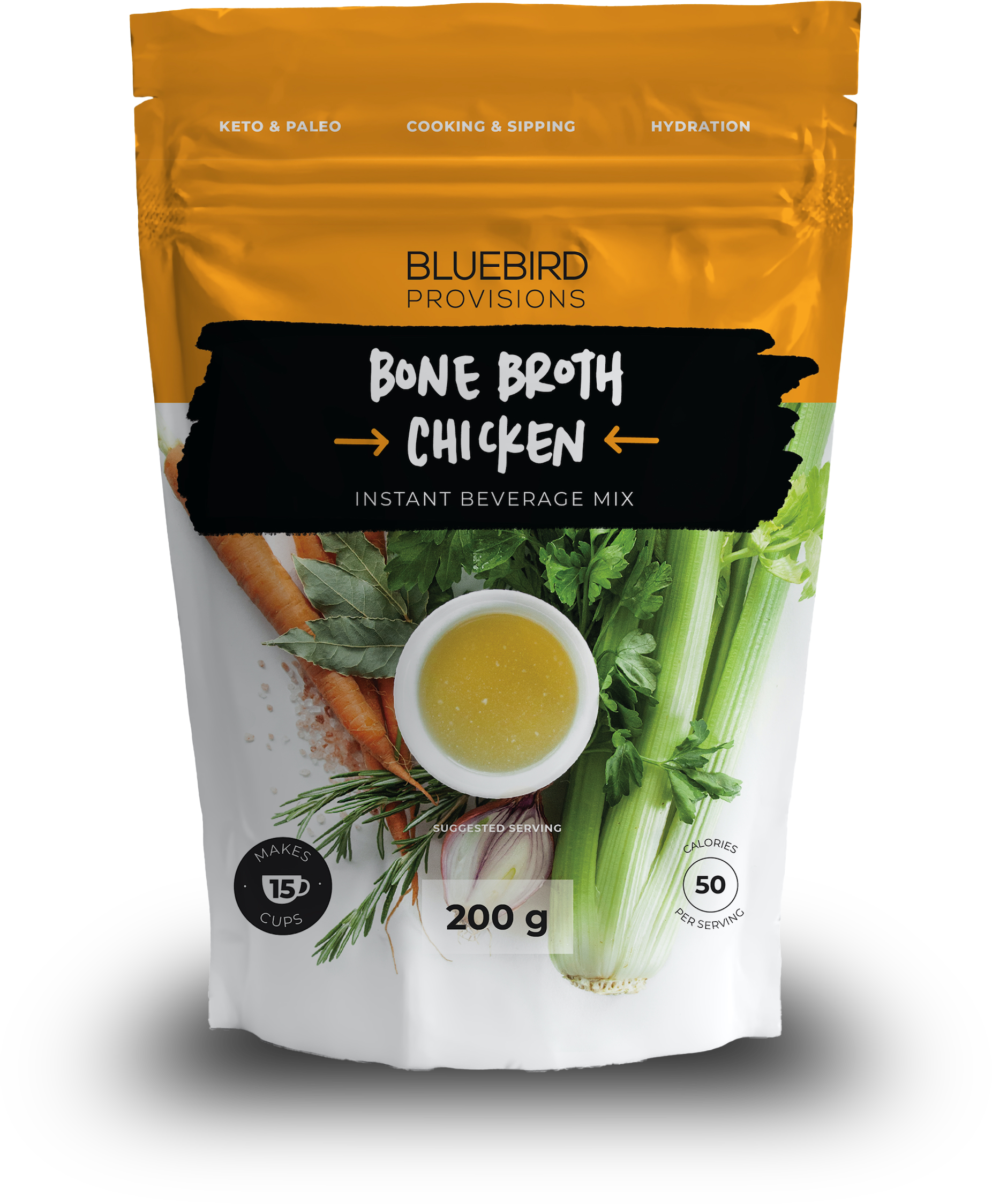
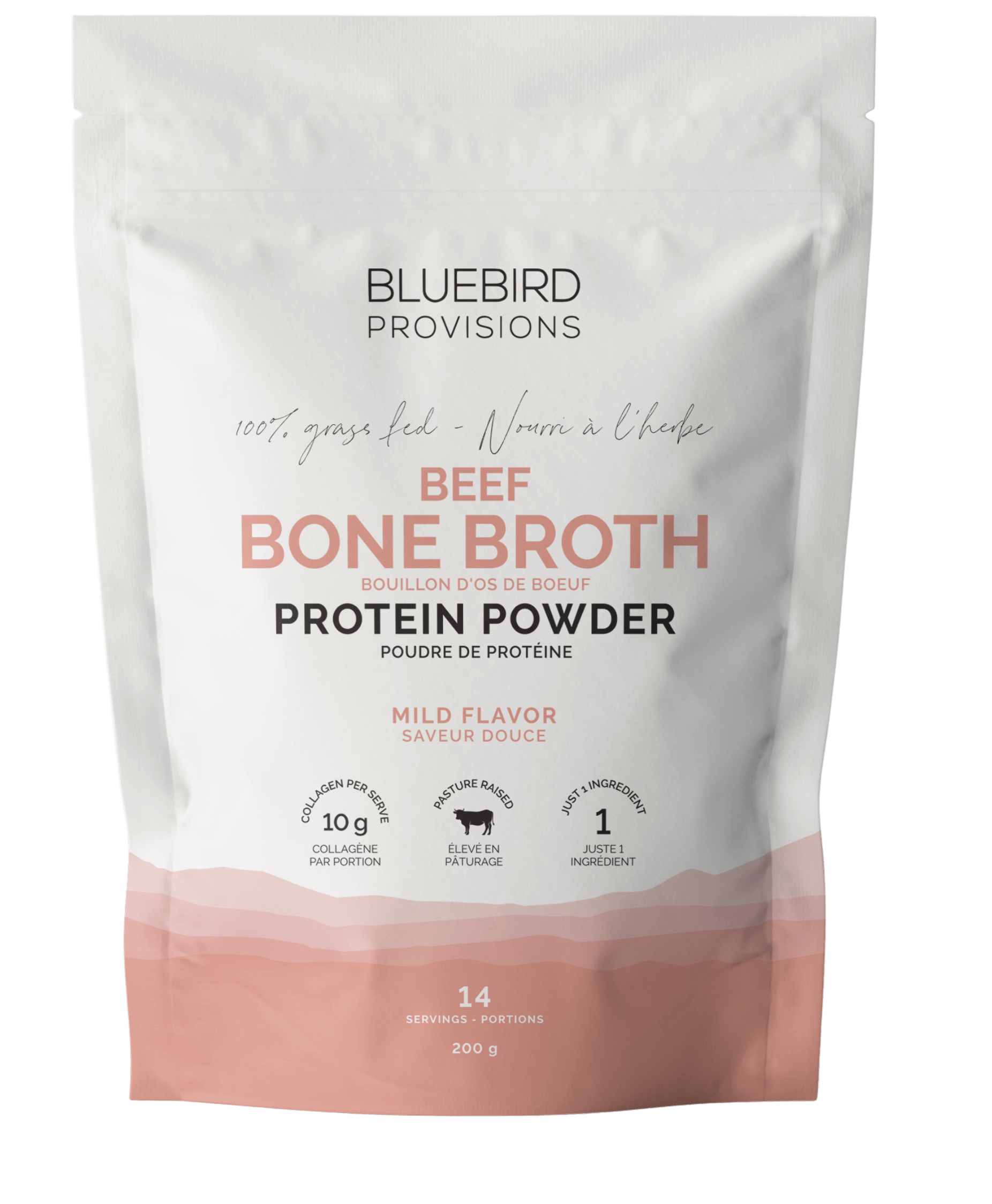
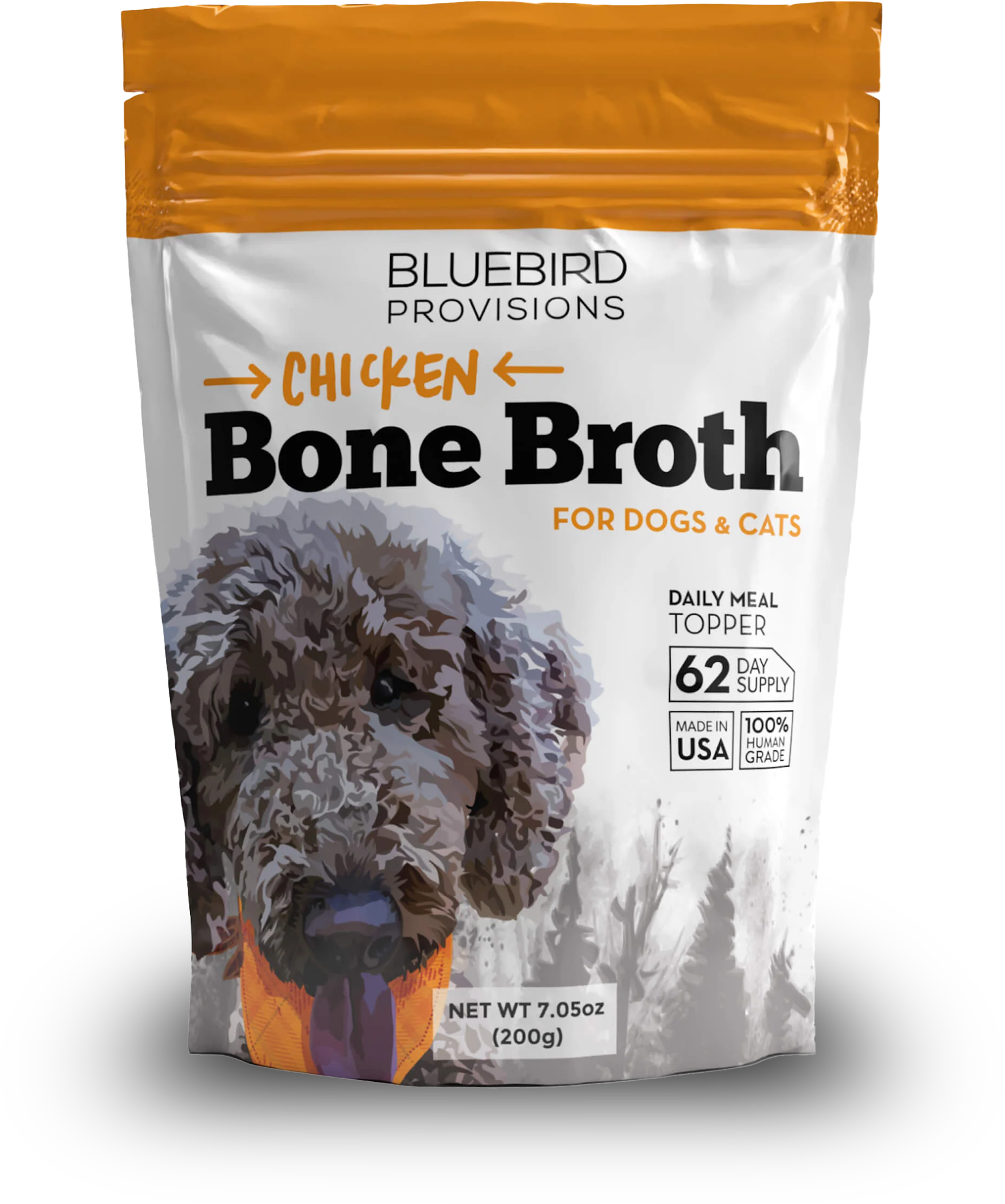
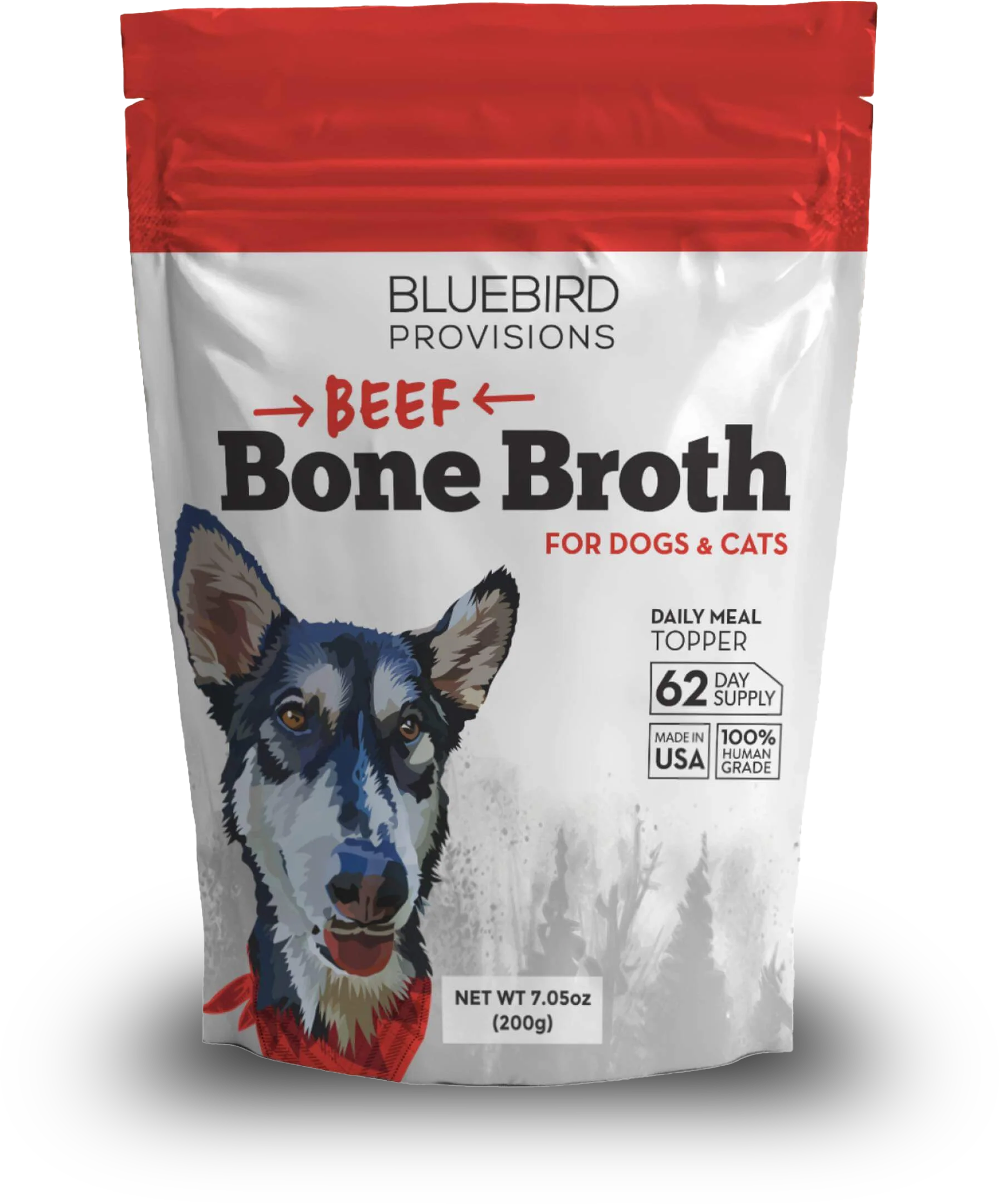
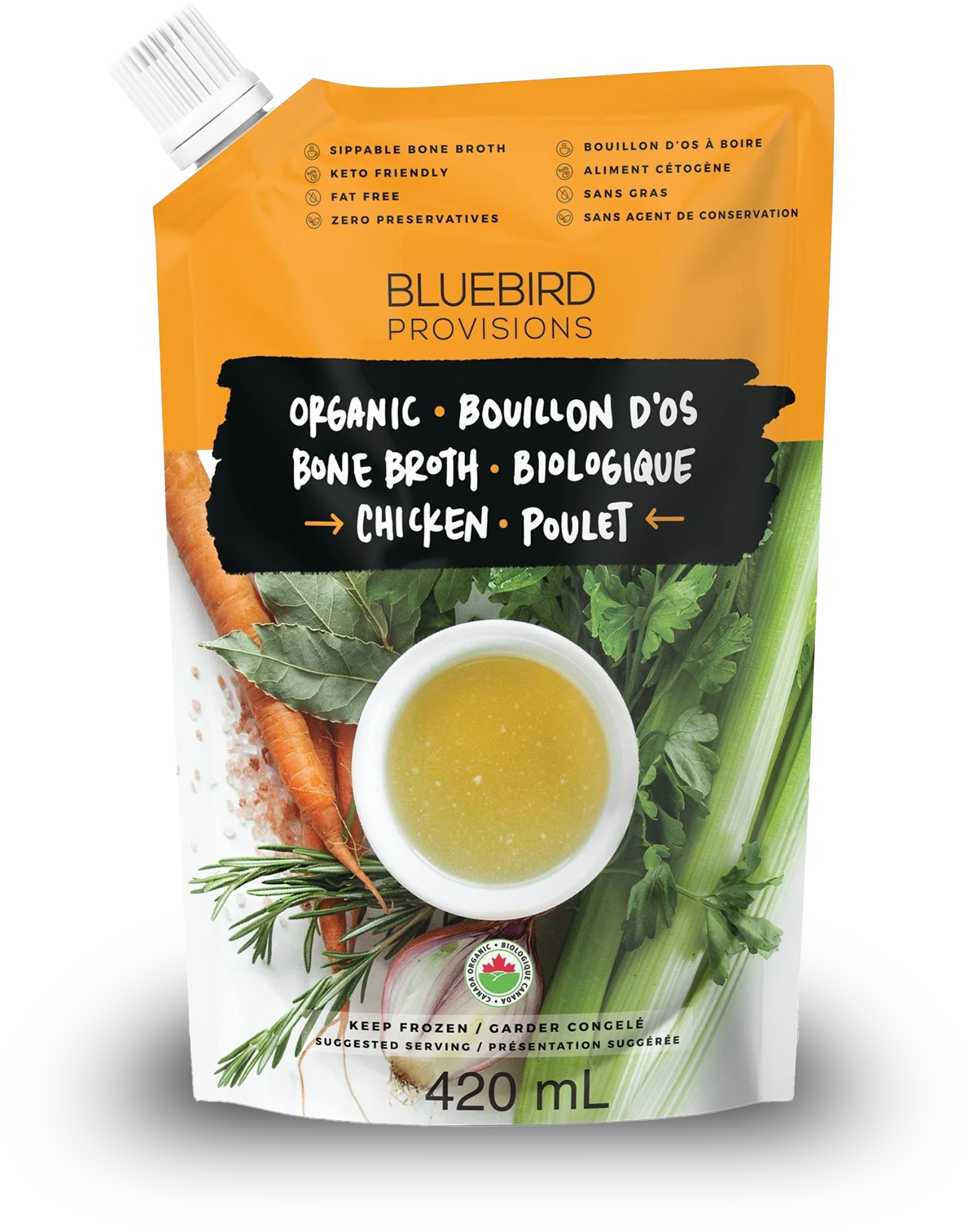
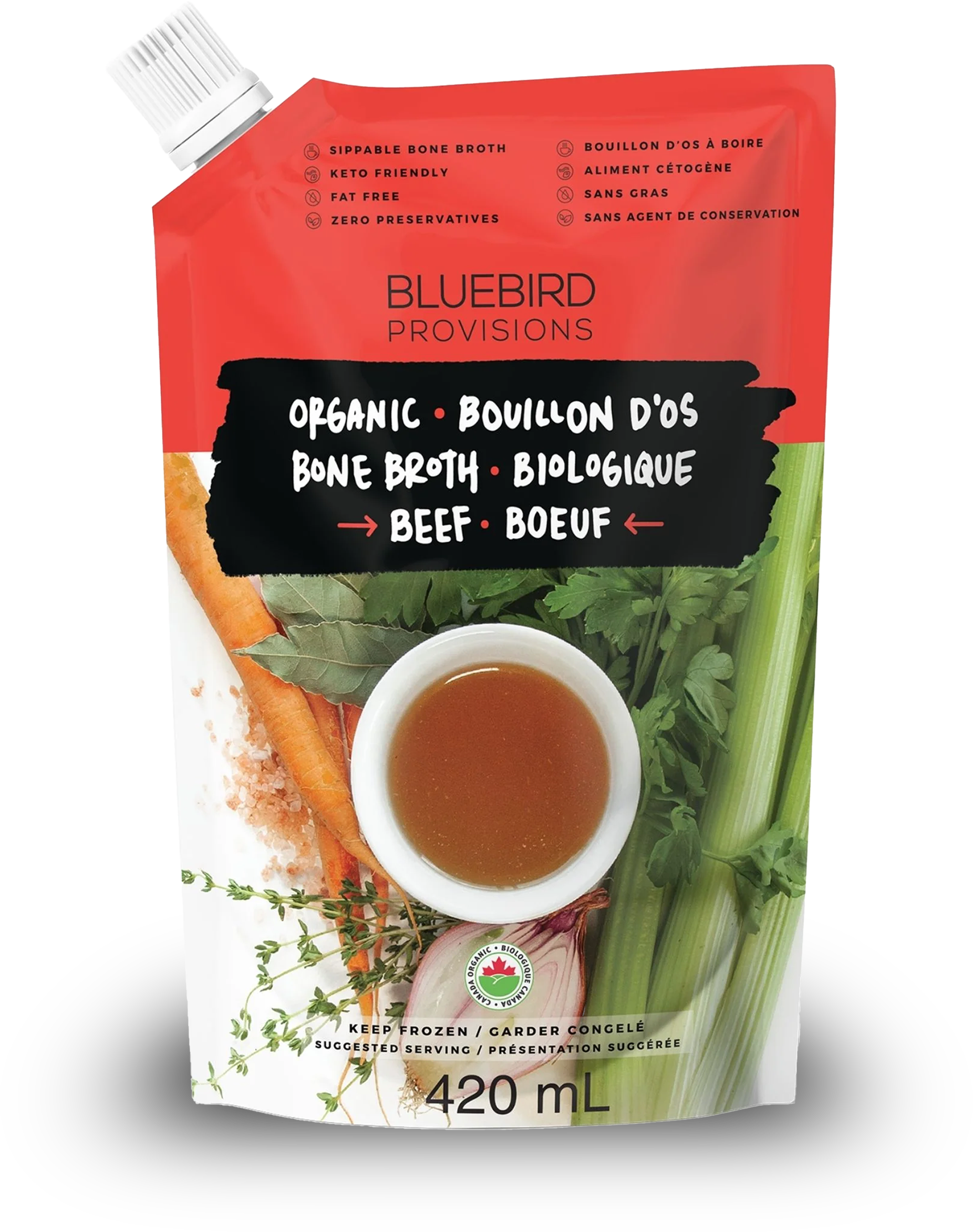

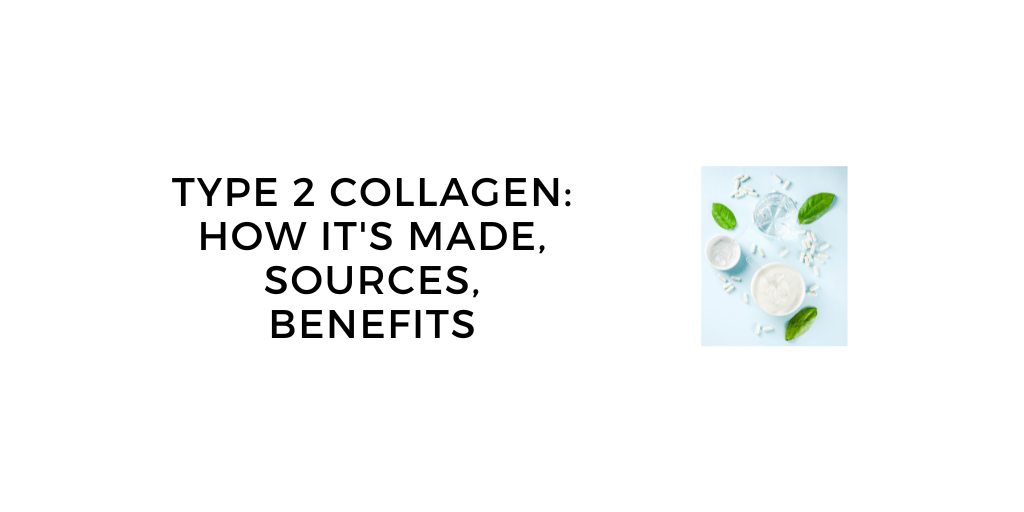
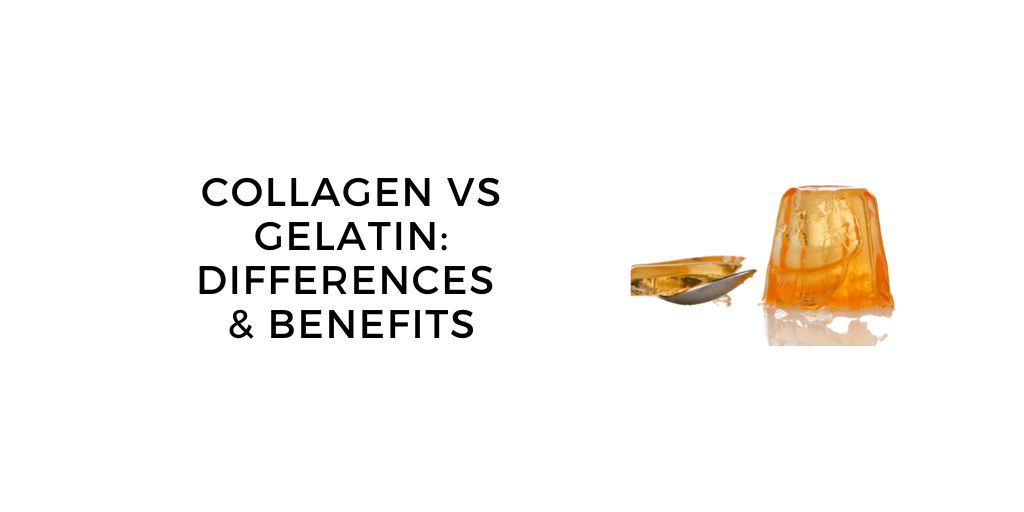
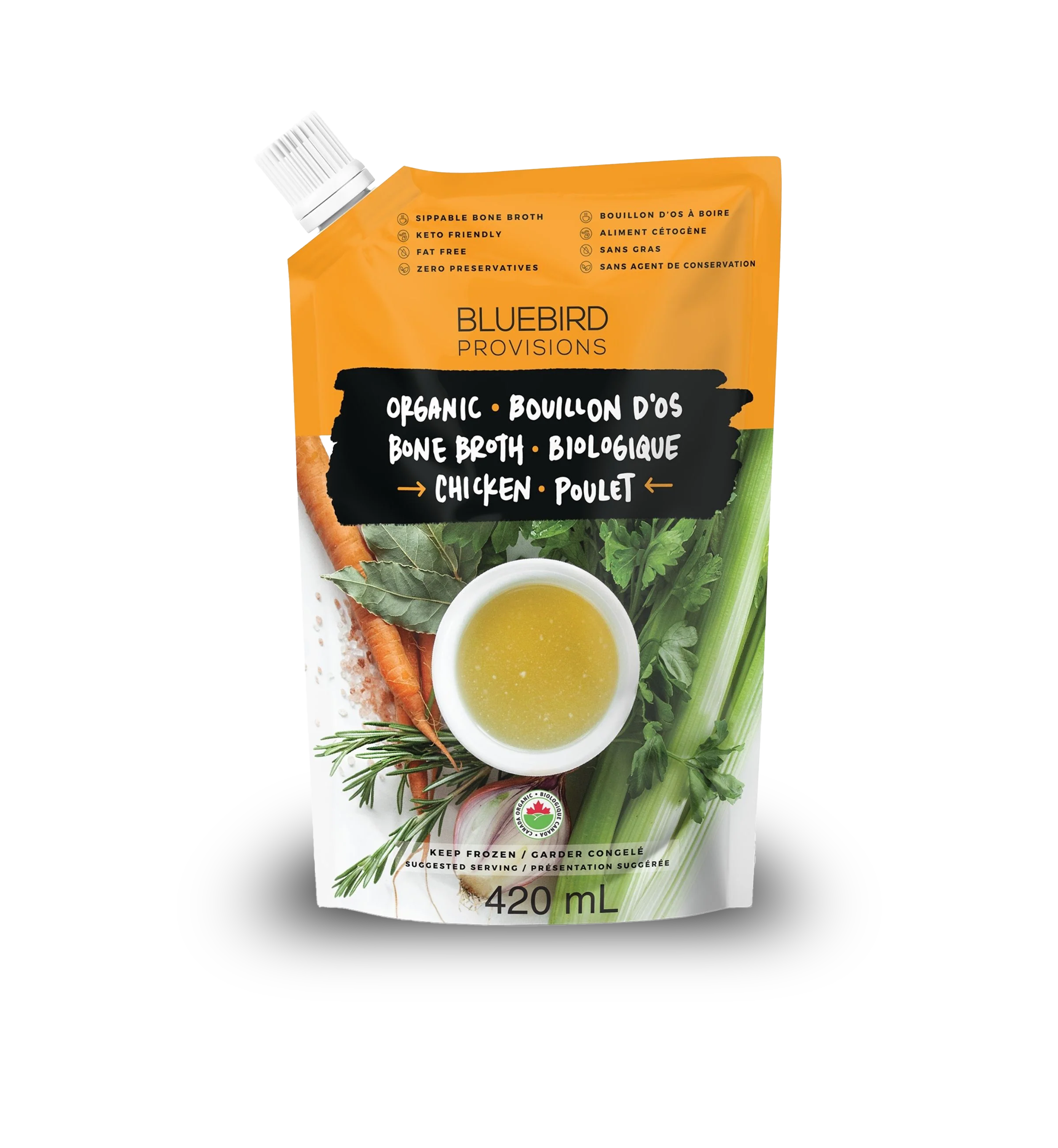
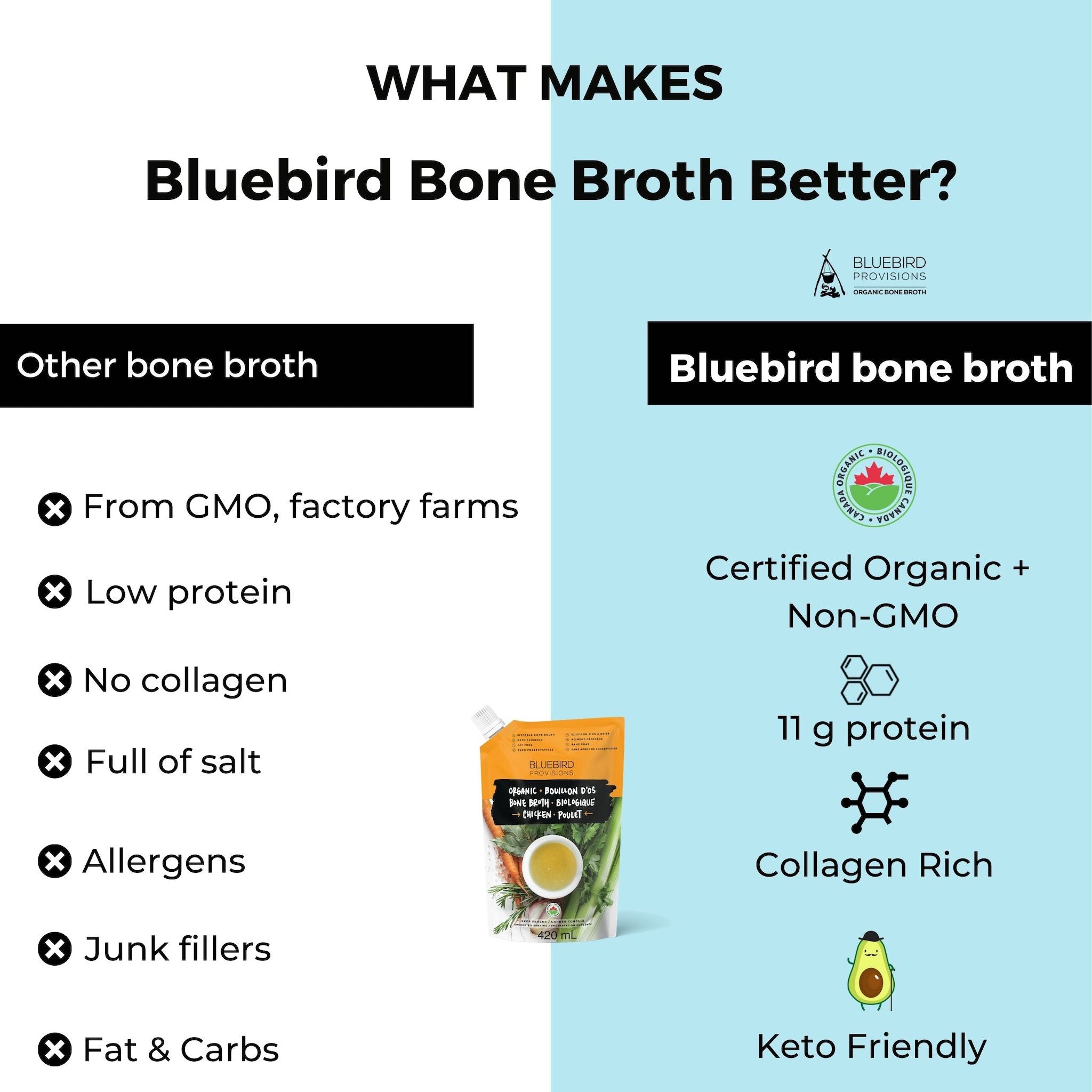
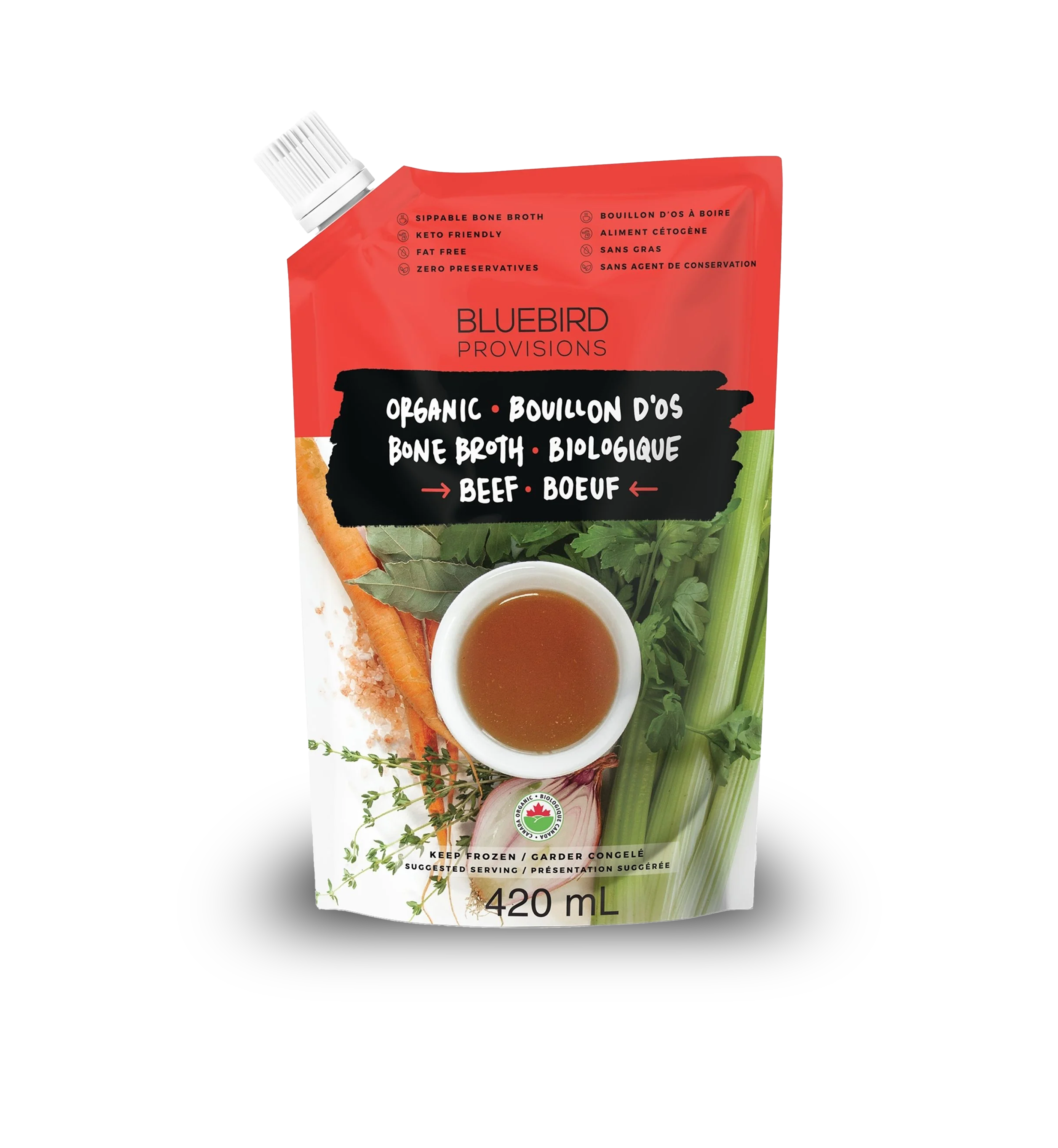
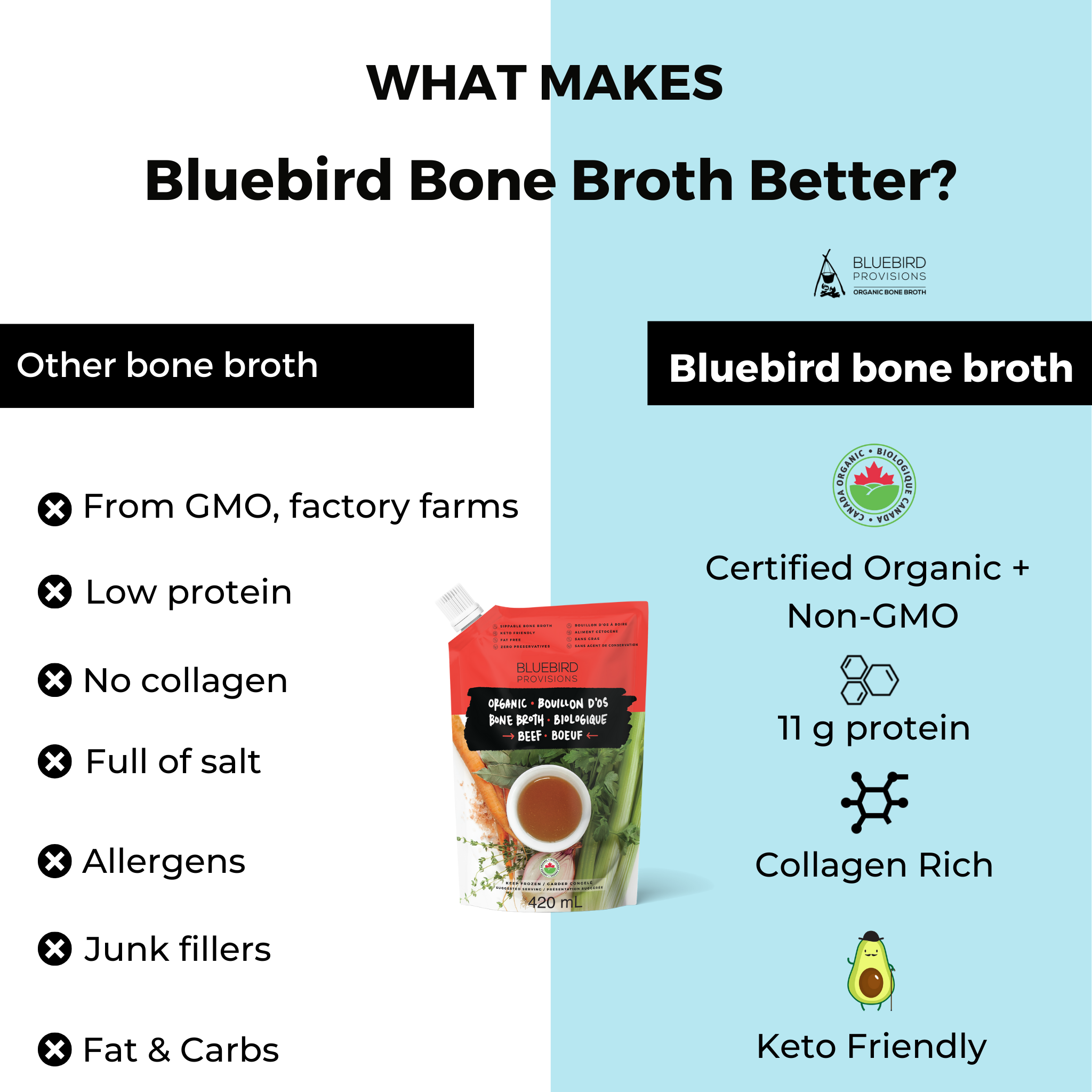
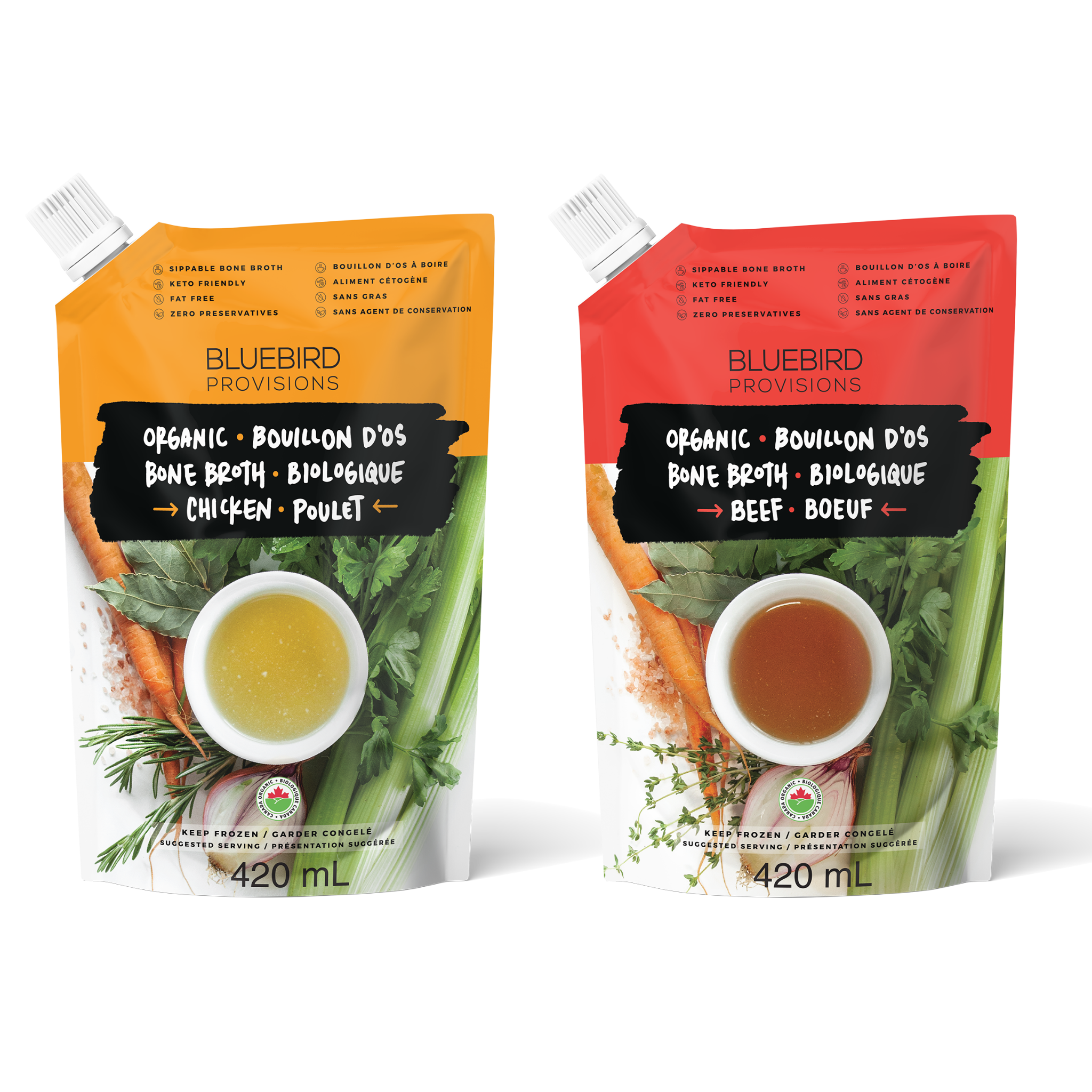

2 comments
Hi Deborah,
Great question! I wrote a bit about youtheory in this article:
https://bluebirdprovisions.co/blogs/news/best-collagen-powder-for-weight-loss
there is some info I found on where it is sourced in the article.
connor
Connor at Bluebird Provisions
Wondering about the quality of the Collagen in You Theory brand of Multi-Collagen with Biotin? GMO? China? Living conditions of animals? Label does not tell you where Collagen is from just 6000mg of Hdrolyzed Collagen.
Deborah
Leave a comment
This site is protected by hCaptcha and the hCaptcha Privacy Policy and Terms of Service apply.